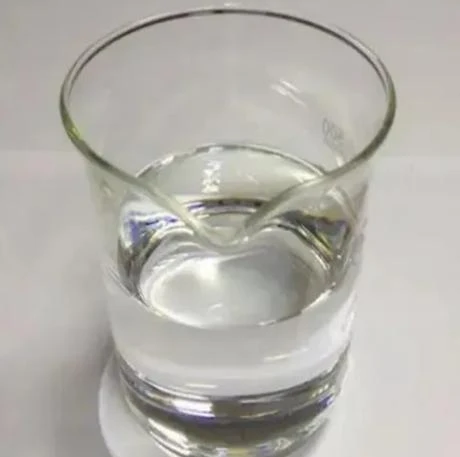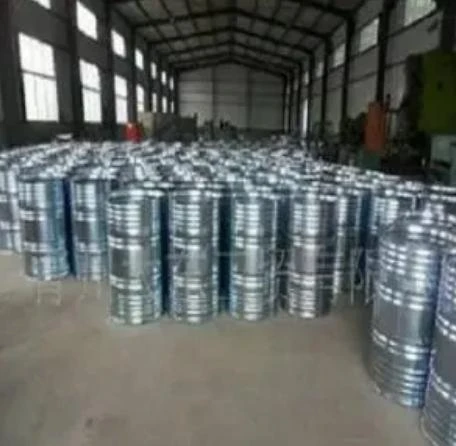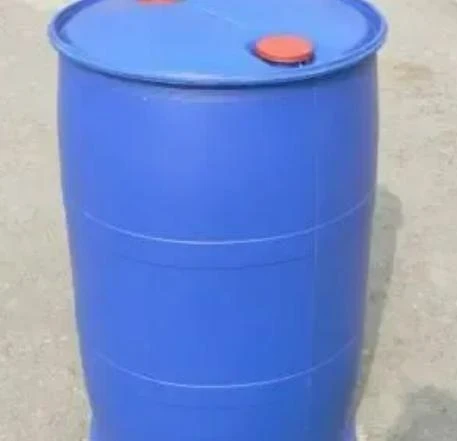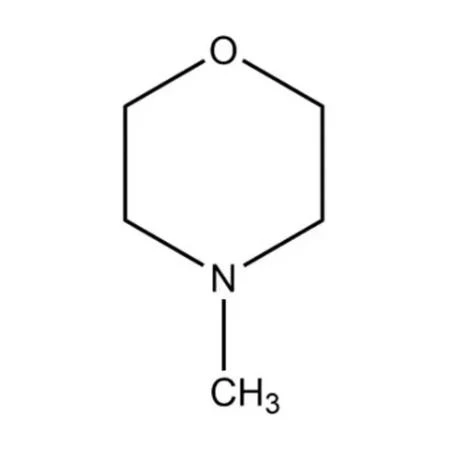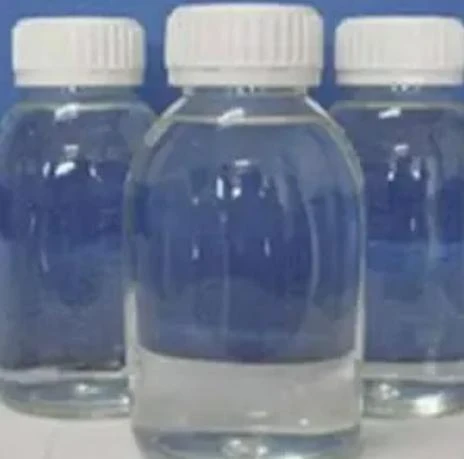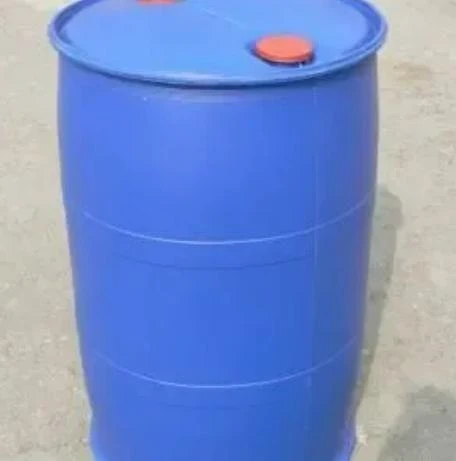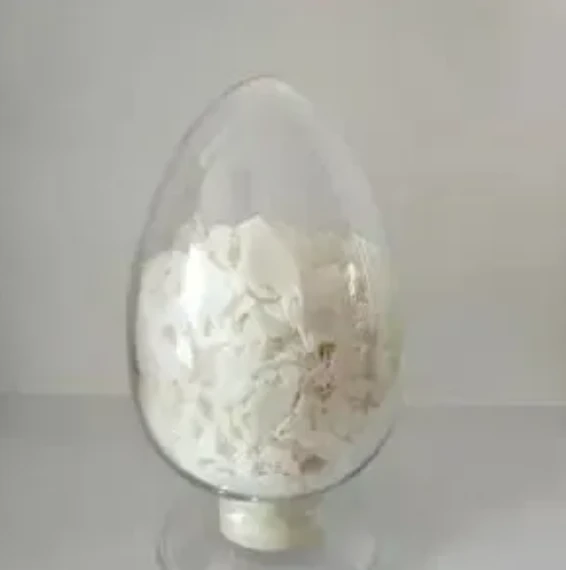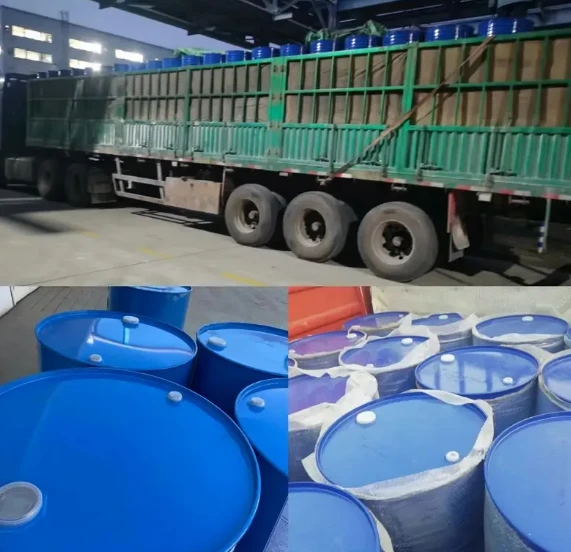What Is Sodium CMC Used For? Key Uses & Benefits in Detergents
- Overview of Sodium Carboxymethyl Cellulose (CMC)
- Key Technical Advantages and Functional Properties
- Comparative Analysis of Leading CMC Manufacturers
- Customized CMC Solutions for Industry-Specific Needs
- Applications in Detergent Formulations
- Case Study: Enhancing Detergent Performance with CMC
- Why Sodium Carboxymethyl cellulose is used for Diverse Industrial Challenges
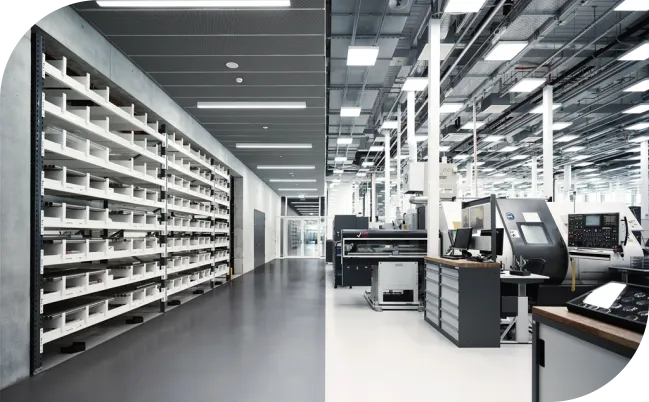
(what is sodium carboxymethyl cellulose used for)
What is Sodium Carboxymethyl Cellulose Used For?
Sodium carboxymethyl cellulose (CMC) is a water-soluble polymer derived from cellulose, widely recognized for its versatility across industries. Functioning as a thickener, stabilizer, and binder, CMC enhances product performance in sectors ranging from food and pharmaceuticals to detergents and textiles. Its unique ability to modify viscosity, retain moisture, and improve texture makes it indispensable in formulations requiring precision and reliability.
Key Technical Advantages and Functional Properties
CMC’s technical superiority lies in its high purity, adjustable viscosity (10–50,000 mPa·s), and pH stability (2–12). In detergents, it acts as a soil suspension agent, preventing redeposition on fabrics. A 2023 market analysis revealed that CMC-based detergents achieve 15–20% higher cleaning efficiency compared to alternatives. Additionally, its biodegradability aligns with global sustainability trends, reducing environmental impact by 30% in wastewater treatment processes.
Comparative Analysis of Leading CMC Manufacturers
| Manufacturer | Viscosity Range (mPa·s) | Purity (%) | Key Applications | Price Range (USD/ton) |
|---|---|---|---|---|
| Company A | 50–10,000 | 99.5 | Detergents, Food | 1,200–2,500 |
| Company B | 200–40,000 | 98.0 | Pharma, Oil Drilling | 1,800–3,000 |
| Company C | 10–30,000 | 99.0 | Textiles, Coatings | 1,500–2,800 |
Customized CMC Solutions for Industry-Specific Needs
Tailored CMC grades address niche requirements. For detergent manufacturers, low-viscosity CMC (50–500 mPa·s) optimizes surfactant compatibility, while high-purity grades (≥99%) minimize residue in premium products. A 2022 industry report highlighted that customized CMC formulations reduced production costs by 12% for a European detergent brand through improved dissolution rates and batch consistency.
Applications in Detergent Formulations
In detergents, CMC serves as a critical anti-redeposition agent, keeping soils suspended during wash cycles. Trials show that adding 0.5–2% CMC increases fabric whiteness retention by 18–25%. Its compatibility with enzymes and surfactants also enhances stain removal efficiency, particularly in cold-water washes, which account for 60% of energy savings in modern laundry systems.
Case Study: Enhancing Detergent Performance with CMC
A leading detergent manufacturer integrated medium-viscosity CMC (1,000 mPa·s) into their liquid detergent line. Post-launch data indicated a 22% reduction in customer complaints related to fabric dullness and a 14% increase in market share within six months. The formulation’s success was attributed to CMC’s ability to stabilize enzymes and prevent particulate reaggregation.
Why Sodium Carboxymethyl Cellulose is Used for Diverse Industrial Challenges
CMC’s adaptability across industries stems from its tunable properties and cost-effectiveness. With the global CMC market projected to grow at 4.8% CAGR (2023–2030), its role in detergents alone is expected to drive 28% of revenue growth. By combining technical performance, regulatory compliance, and environmental benefits, CMC remains a cornerstone of modern industrial chemistry.

(what is sodium carboxymethyl cellulose used for)
FAQS on what is sodium carboxymethyl cellulose used for
Q: What is sodium carboxymethyl cellulose (CMC) used for?
A: Sodium carboxymethyl cellulose is a versatile thickening, stabilizing, and binding agent. It is widely used in food, pharmaceuticals, and industrial products. It also improves texture and viscosity in various applications.
Q: How is sodium carboxymethyl cellulose used in detergents?
A: In detergents, sodium carboxymethyl cellulose acts as an anti-redeposition agent. It prevents dirt from reattaching to fabrics during washing. This enhances cleaning efficiency and fabric softness.
Q: Why is sodium carboxymethyl cellulose used as a stabilizer?
A: Sodium carboxymethyl cellulose stabilizes emulsions and suspensions by increasing viscosity. It ensures consistent product quality in items like sauces and lotions. Its water-retention properties also aid in maintaining structure.
Q: What industries rely on sodium carboxymethyl cellulose?
A: Key industries include food (as a thickener), pharmaceuticals (tablet coatings), cosmetics, and detergents. It is also used in paper production and oil drilling fluids. Its adaptability makes it essential across sectors.
Q: Is sodium carboxymethyl cellulose used in pharmaceuticals?
A: Yes, it is used as a binder in tablets and a lubricant in eye drops. It controls drug release rates in extended-release medications. Its biocompatibility ensures safe use in medical applications.
Post time: May . 07, 2025 17:50










